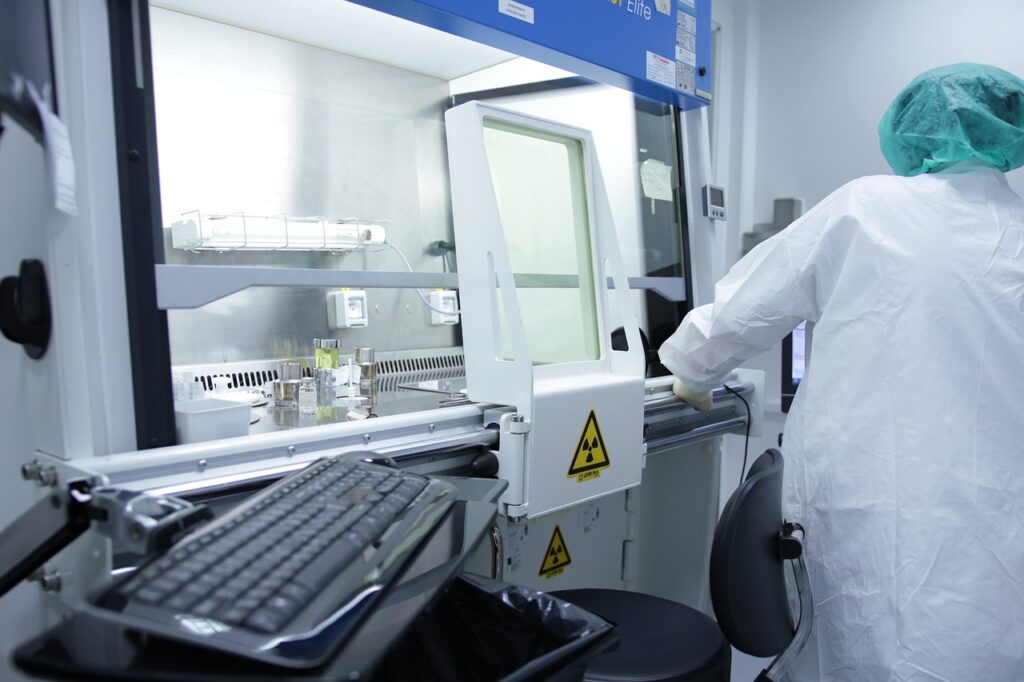Embarking on the journey of a clinical trial requires meticulous planning and strategic decision-making, with site selection and activations standing as crucial pillars in this process. This article explores the paramount importance of choosing the right sites and navigating the activation phase in clinical trials, emphasizing their impact on the overall success of research endeavors.
The Essence of Site Selection:
Selecting the appropriate sites for a clinical trial is a multifaceted task that demands careful consideration. The success of a trial hinges on the ability to recruit an adequate number of participants while ensuring data quality and adherence to ethical standards. Site selection involves evaluating potential sites based on factors such as patient demographics, expertise of investigators, and the availability of necessary resources.
High-performing sites contribute significantly to the efficiency of a clinical trial. They are equipped to meet enrollment targets, maintain protocol adherence, and generate reliable data. Conversely, poor site selection can lead to delays, increased costs, and potential challenges in meeting regulatory requirements.
National Institutes of Health (NIH) provides valuable insights into site selection and management, offering guidance for investigators and sponsors involved in clinical research. This resource is a comprehensive reference for understanding the considerations and best practices in site selection.
Navigating the Activation Phase:
Once sites are selected, the activation phase comes into play, representing the transition from planning to implementation. Activation involves obtaining the necessary approvals, ensuring regulatory compliance, and initiating the trial at each selected site. Delays during this phase can impede the overall progress of the trial, making it crucial to streamline and expedite activation processes.
Regulatory submissions, Institutional Review Board (IRB) approvals, and contract negotiations are integral components of the activation phase. Effective communication and collaboration between sponsors, investigators, and regulatory bodies are essential to mitigate delays and facilitate a smooth activation process.
ClinicalTrials.gov provides a platform for site registration and results submission, offering a user-friendly guide for researchers and sponsors. This link serves as a practical resource for navigating the site activation process and ensuring compliance with registration requirements.
In the intricate landscape of clinical trials, the significance of strategic site selection and efficient activations cannot be overstated. These early decisions set the stage for the entire trial, influencing its trajectory, success, and ultimate impact on patient care.
Investing time and resources in the meticulous evaluation of potential sites pays dividends throughout the trial’s lifecycle. High-performing sites contribute not only to timely enrollment but also to the generation of robust and reliable data. The activation phase, with its regulatory intricacies, demands a proactive and collaborative approach to ensure seamless initiation across all selected sites.
In the pursuit of scientific advancement, sponsors, investigators, and regulatory bodies must recognize the pivotal role of site selection and activations. By prioritizing these aspects, the clinical research community can enhance the efficiency of trials, reduce timelines, and ultimately bring novel treatments to patients in need.
As clinical trials continue to evolve, it is imperative to view site selection and activations as strategic investments rather than mere logistical steps. In doing so, the research community can contribute to the acceleration of therapeutic discoveries and, ultimately, the improvement of global healthcare outcomes.
